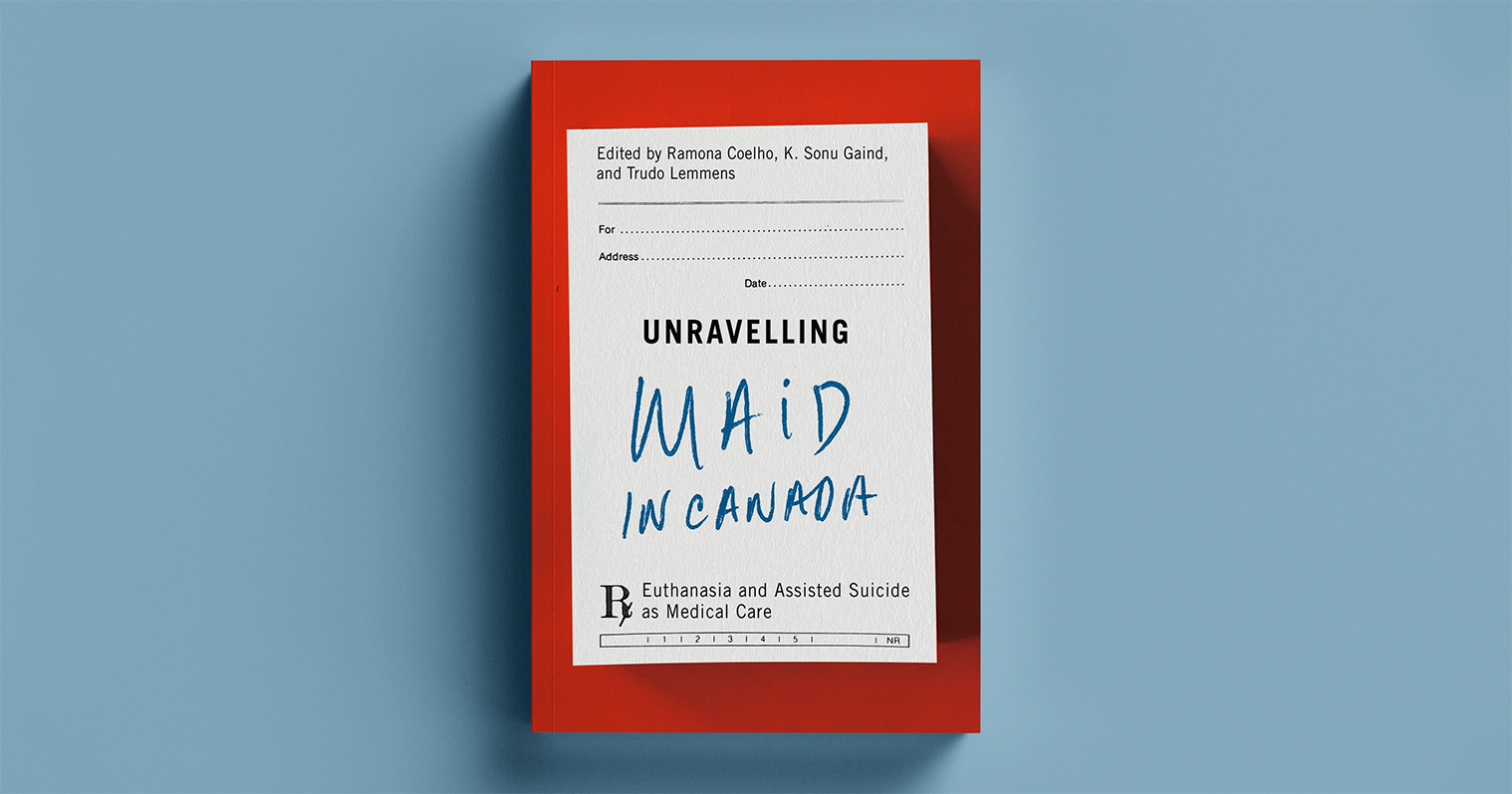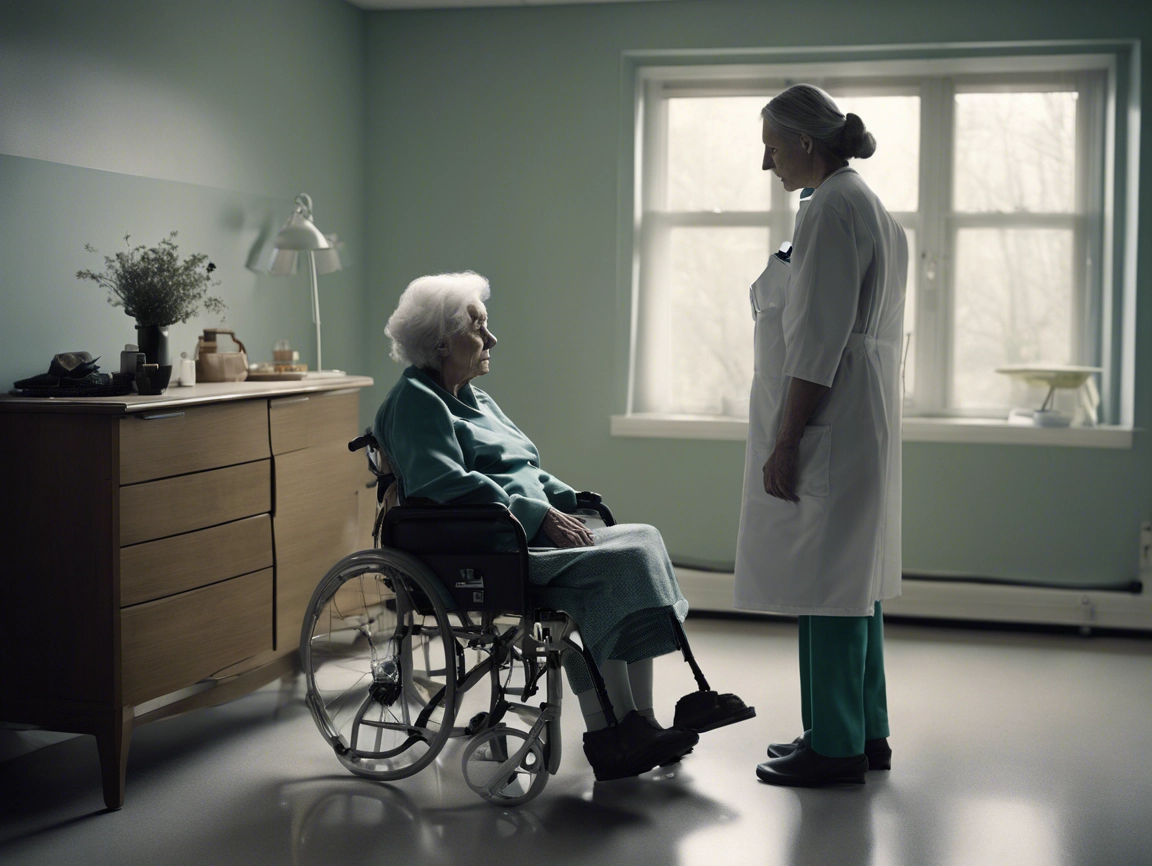In case anyone thinks the Canadian approach to euthanasia is the best or only approach, we have only to look to our nearest neighbour for proof to the contrary.
Recently the American Medical Association’s Council on Ethical and Juridical Affairs, having received a request from the Oregon delegation that the AMA take a neutral stance on physician “aid-in-dying”, instead reaffirmed the very clear statements in the existing Code of Ethics regarding both euthanasia and physician-assisted suicide:
Physician-assisted suicide is fundamentally incompatible with the physician’s role as healer, would be difficult or impossible to control, and would pose serious societal risks. Instead of engaging in assisted suicide, physicians must aggressively respond to the needs of patients at the end of life.
Euthanasia is fundamentally incompatible with the physician’s role as healer, would be difficult or impossible to control, and would pose serious societal risks. Euthanasia could readily be extended to incompetent patients and other vulnerable populations.
The involvement of physicians in euthanasia heightens the significance of its ethical prohibition. The physician who performs euthanasia assumes unique responsibility for the act of ending the patient’s life.
Instead of engaging in euthanasia, physicians must aggressively respond to the needs of patients at the end of life.
The Council’s measured and respectful document, written after extensive literature review and consultation with members, observes that “the ethical arguments advanced today supporting and opposing ‘physician-assisted suicide’ or ‘aid in dying’ are fundamentally unchanged from those examined in CEJA’s 1991 report on this topic”.
In other words, basic ethical principles do not change with time.
This recommendation was made despite eight U.S. jurisdictions having legalized physician-assisted suicide. The contrast is obvious between this approach and that of the Canadian Medical Association which, before the Carter decision was even rendered, was rushing to claim its place at the table where the eventual euthanasia law would be written. Dr. Jeff Blackmer was quoted at the time as saying: “Whether or not you agree with this, as a physician, I think you still want to see your medical association at the table when those discussions are happening.”
Was that truly the only option? Could the medical establishment not have stood firmly against the courts dictating the scope of our practice? Did the court even do that? The Carter decision only declared that euthanasia and physician-assisted suicide were no longer criminal acts; it did not require us to embrace them as a profession. Why the headlong eagerness to do just that?
We see nothing in the current situation that is better than it might have been had Canadian physicians defended, en bloc, the millennial code prohibiting physicians from causing a patient’s death. On the contrary: patients are being killed in unforeseen numbers, and doctors are being pressured to collaborate in their deaths. Canada is now one of the tiny minority of countries who euthanize sick people, despite the fact that the vast majority of Canadians want to live, not to die, and very few doctors wish to be involved in euthanasia, not to mention nurses and everyone else who might become unwillingly complicit in causing the deliberate death of a human being.
What could have been done – indeed, could still be done – to insulate and protect this large majority of patients and professionals? How could we provide the security and confidence of life-centred Hippocratic care, in spite of laws designed to satisfy the suicidal few?
In recent issues of this newsletter, we have suggested three possible ways to provide this protection:
1) The individual licensing of identified professionals to provide euthanasia services (both doctors and nurses), so as to contain as far as possible the moral distress caused by participating in such acts.
2) The physical separation of euthanasia procedures from the practice of normal medicine, in separate facilities, such that patients of the non-suicidal majority be protected from the terrible stress and doubt produced by knowing that the very professionals on whom they depend for survival are killing people, just like them, in neighbouring beds.
3) (In order to maximize the benefits of numbers 1) and 2), above): The public identification of clinics, hospices, nursing homes and hospitals from which the practice of euthanasia is formally excluded.
The euthanasia lobby effectively harnessed the power of the media and the courts to get what they wanted, and the medical profession is still reeling from the blow. At the Alliance we hear regularly from doctors who have felt coerced or trapped into collaborating with the new dogmatism.
We call on our medical leadership to listen to the majority and to work toward ensuring the safety of Canadian patients and professionals. If they will not, it will be up to the grassroots of our profession, to individual physicians, medical organizations and health care institutions, to start building safe environments in their own practice, field, municipality and province. There has been much harm already; it will not be undone overnight. But the sooner we begin the better.
Make euthanasia unimaginable.


